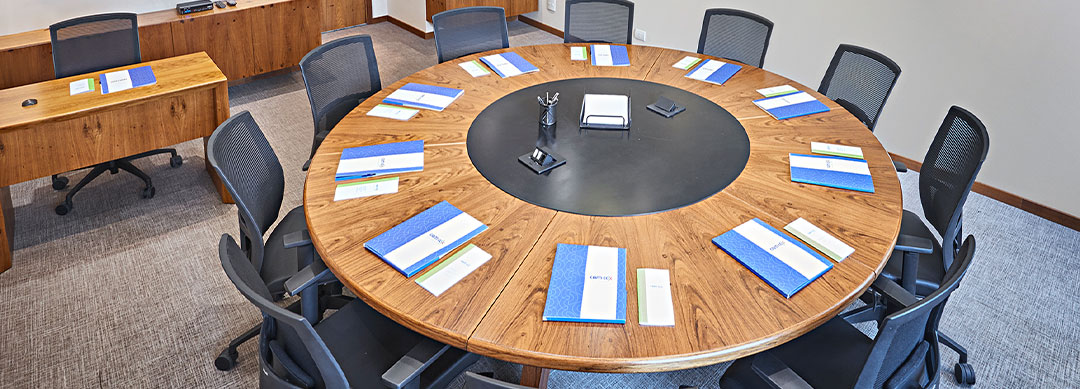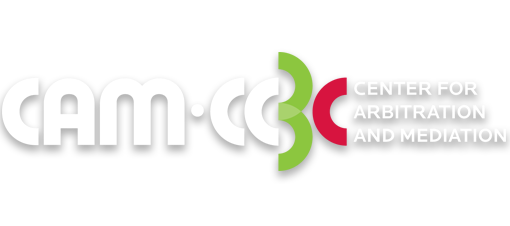Dispute Board method enables management of the execution of long-term contracts
By Sérgio Siscaro
Long-term contracts, such as those involving infrastructure projects, can be greatly damaged in the event of conflicts between the parties. Such problems eventually lead to time-consuming lawsuits (either in court or through arbitration), which can result in the work being halted for years. To avoid this scenario, an alternative method for dispute resolution (ADR) is slowly gaining space in Brazil: dispute boards.
It is characterized by the creation of a committee of independent experts, established at the beginning of long-term contracts, to act and monitor the contract. “The dispute boards have emerged and are widely applied in the construction area. They establish the creation of a committee, usually composed of three specialists in the areas that involve the subject matter of the contract. This group is responsible for promoting periodic meetings between the parties, making technical visits to the construction sites, etc. At the slightest sign of any problem regarding the execution of the contract, they can intervene to prevent or solve this issue, thus avoiding it from becoming a bigger dispute”, explains the coordinator of the Secretariat of CAM-CCBC, Cristiane Gertel. In other words, the dispute board provides a kind of management that prevents the exacerbation of divergences and conflicts, which are the result of the natural wear and tear of the relationships between the parties involved.
Although dispute boards emerged from the construction industry, they can be applied in other areas, such as the corporate area, to monitor shareholders’ agreements and merger and acquisition contracts, as an example.
According to Gertel, there are three dispute board modalities. The first is called the dispute review board (DRB) and establishes that the committee issues a recommendation to the parties, in case of disputes. The second, called the dispute adjucation board (DAB), grants the committee decision-making power over any problems (although without the jurisdictional character, as in arbitration). Finally, the third, called the combined dispute board (CDB), which can either issue recommendations or issue decisions.
There is clear evidence that the efficiency of the dispute board, both in terms of achieving solutions and in the speed of the process, has been proven. Data from Dispute Resolution Board Foundation indicates that 99% of disputes, which use dispute boards, are closed in less than 90 days, and that 98% of disputes are resolved by the mechanism.
In addition of being an effective mechanism, dispute boards are also an important element of transparency, which ensure the proper execution of contracts and the smooth progress of projects. Consequently, the mechanism ends up contributing to the reputation of the parties involved within the corporate environment, giving them intangible advantages in the market.
Integral or occasional monitoring
Dispute boards may be constituted in two different formats: permanent or ad hoc. In the former, a standing committee is created at the beginning of the contract’s term and continues to operate until it expires. This allows its members to meet regularly, examine potential problems before they occur, and resolve any disputes that may arise during the term of the contract. Ad hoc committees, on the other hand, are mobilized only when a conflict arises, and have a more reactive rather than preventive character.
Some of the advantages of the method include agility in conflict resolution and the creation of a collaborative dynamic between the parties, due to transparency during the fulfillment of the contract. According to Gertel, the use of dispute boards has been growing in the country. “With the pandemic [of the new coronavirus], ADRs may be more in demand. The parties will be looking for methodologies in an attempt of solving their disputes, using more collaborative and less adversarial methods, allowing for a speedy resolution, and possibly reducing costs for them. Thus, methods such as mediation and dispute board tend to be more widespread”, she explains.
The role of CAM-CCBC
In its efforts to disseminate the ADR culture in Brazil, the Center has also focused on encouraging the use of dispute boards. The first CAM-CCBC Dispute Boards Regulation dates back to 2011 and brought procedural rules, but without administration of the procedure by the Secretariat. In 2018, the Regulamento para o Comitê de Prevenção e Solução de Disputas do CAM-CCBC (Regulation for CAM-CCBC’s Dispute Prevention and Resolution Committee) were published, laying the groundwork for the establishment of committees administered by the Secretariat, as occurs in arbitration and mediation proceedings.
CAM-CCBC has already received one dispute board case in 2021. “It came from an agreement settled in a mediation, in which the parties agreed that its execution would be monitored by a dispute board“, reports the coordinator. “It is important to note that, unlike arbitration and mediation, which are instituted when there is already a dispute between the parties, the dispute board may come at the beginning of the contract, avoiding potential conflicts, or resolving them immediately, based on information and data contemporary to the facts. It is a different dynamic, through which we can observe the development of the contract during the course of time”.
Currently the Center has a specialized secretariat to receive dispute board cases. “We administer the proceedings, and we do the financial management of the administration fees, the fees of the committee members, etc. We also have an entirely electronic virtual environment, in which the parties can submit their manifestations. We have all the structure in place to move the procedure along, helping the parties in all stages of the process”, she concludes.





